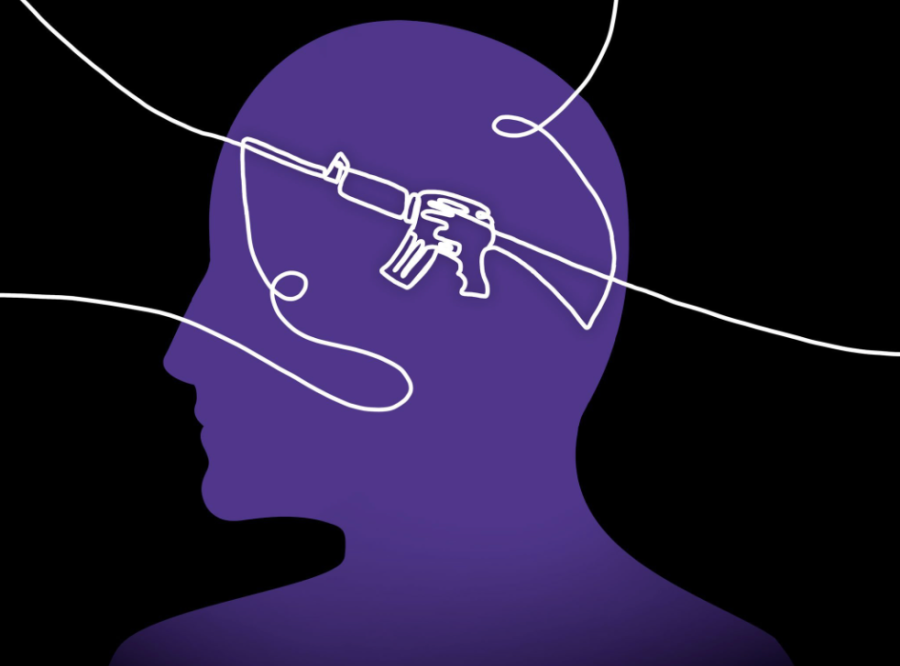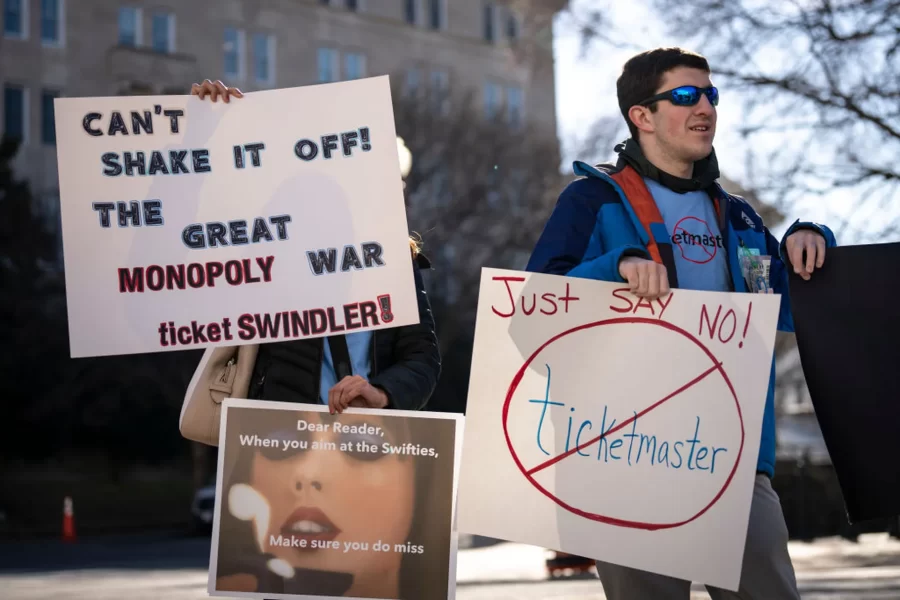It’s everywhere you look. Cannabis, THC, vape, and tobacco are advertised on nearly every street corner. A bright sign advertising those products, right next to where I wait for the bus in the morning, I’m sure it’s happening more than just these 3 places: two dispensaries on that block in Bethesda, right beside a high school with 2400 students. It really is everywhere.
What is it
Despite its widespread use, most people don’t fully understand what THC actually is. When asked, a freshman responded, “It’s the stuff that gets you high.” A senior offered a different take: “I think it’s the chemical in weed that makes you feel relaxed, but I don’t really know how it works.” A teacher had yet another perspective: “It’s a part of what’s in weed that makes you get high, but I’m not entirely sure.” These different answers highlight the simple truth nobody truly knows.
Scientifically, THC (tetrahydrocannabinol) is the main psychoactive component in cannabis. It’s a crystalline compound responsible for the “high” associated with marijuana use. But what many don’t realize is that in high doses, especially in its concentrated vape form, THC has effects far beyond relaxation—it can induce panic attacks, paranoia, psychosis, and addiction.
Prevalence
In high schools across the globe, the prevalence of drug use among students continues to be a concerning issue. From marijuana to prescription drugs and more, teens are increasingly exposed to substances that pose significant risks to their health and well-being. Among these concerns, debates continue about whether drugs are safer than alcohol for young individuals. Many teens don’t do drugs on a consistent basis but have tried them; peer pressure, curiosity, and societal influences contribute to the attractiveness of drugs among teenagers. Vaping THC delivers a more intense and immediate effect, but it poses greater risks to your lungs due to potential exposure to harmful additives and unregulated chemicals.
This issue becomes even more serious locally, as Maryland teens deal with more distinct challenges with substance use. According to data from the National Institute on Drug Abuse (NIDA), marijuana usage statistics in Maryland are higher than the national average. A study from 2013 to 2020 showed teen vaping of marijuana doubled, indicating that teens are moving away from joints, pipes, bongs, or other traditional forms of smoking for vape pens (NIDA). NIDA Researchers also found that teens who say they vaped cannabis within the last 30 days increased greatly from 1.6% to 8.4% during the same period.
The Hidden Dangers of THC Vape Carts
Is vaping THC safer than smoking cigarettes or vaping nicotine, or even smoking marijuana? Many think so. The evidence shows otherwise. Because of the concentrated and unregulated nature of many THC vape products, consuming them is more dangerous. THC vape carts often contain harmful additives like vitamin E acetate, which has been linked to severe lung injuries and respiratory failure. Unlike regulated dispensary products, black-market carts can contain unknown chemicals, heavy metals, and synthetic THC, making them unpredictable and potentially lethal. One out of every eleven adults who try cannabis products develop an addiction, while for teens, the number is even higher at one in six. This is due to the high potency of modern THC products. Unlike the marijuana over the past decades, which had lower THC levels, today’s vape cartridges can contain up to 90% pure THC. This is the equivalent of comparing beer to grain alcohol which is an entirely different level of intensity.
Real-Life Consequences
The consequences of vaping THC go far beyond just a little high. Cases of sudden panic attacks, psychosis, and severe lung damage have come up more and more across the country. In Colorado, a teenager suffered a psychotic episode after regularly using high-potency THC vape products, leading to him taking his own life. His parents, unaware of the dangers, initially dismissed his weird behavior as typical teenage mood swings. This case is not unique. Across the U.S., doctors report an increase in emergency room visits due to cannabis-induced mental health crises, including extreme paranoia, hallucinations, and suicidal thoughts.
How Easy Is It to Get?
Accessibility is one of the biggest issues. While dispensaries enforce strict ID verification, underage users easily find other ways to get these THC products. Black-market cartridges, which are often more dangerous due to their unregulated contents, are widely available through social media platforms and encrypted messaging apps. Telegram, for example, provides a direct pipeline to illicit THC vape carts. Unlike dispensaries, which have ID and age verification, Telegram has pretty much no barriers. Anyone can create a server, list products, and coordinate sales with zero regulation. Transactions are typically completed through encrypted messaging and digital payment apps like Cash App, and Apple Pay, and with physical cash making it nearly impossible for authorities to track or regulate these purchases. Some dealers even do doorstep deliveries, making access as easy as sending a text.
The Bigger Picture
The normalization of THC vaping among teens presents serious risks. While smoking and vaping nicotine carry long-term risks like lung cancer and heart disease, THC vaping poses immediate and severe health threats. The combination of high potency, unregulated products, and easy access creates a dangerous landscape where addiction and health complications are increasingly common. While the false perception of marijuana as a “safe” drug still exists, the reality is far more complex, especially now with much higher-concentration THC and unregulated vape products. Overall, the question isn’t just about legality, it’s about awareness. If most people don’t even know what THC truly is, how can they make informed decisions about using it? The lack of transparency about these carts’ contents heightens the danger, turning curiosity or convenience into serious risk. By imposing stricter regulations, prioritizing education on the subject, and promoting awareness, we can help protect vulnerable populations, especially teens. Next time, before you take a hit from that cart, understand what you’re putting in your lungs.
Categories:
Dispensaries to Desks
Julien McGinniss, Staff Writer
April 9, 2025
More to Discover
About the Contributor

Julien McGinniss, Staff Writer
My name is Julien McGinniss and I am a junior entering my second year as a staff writer for the Wildezine. I’m excited to write articles about cultural awareness and pop culture this ’24-’25 school year. Aside from writing news articles, my interests include playing basketball, reading, horror movies and creative writing.





